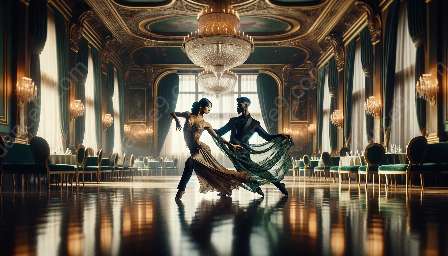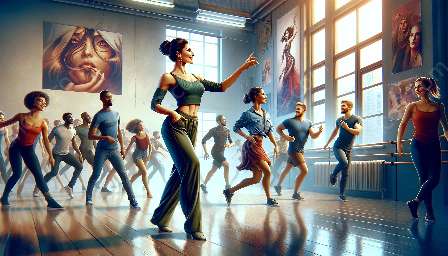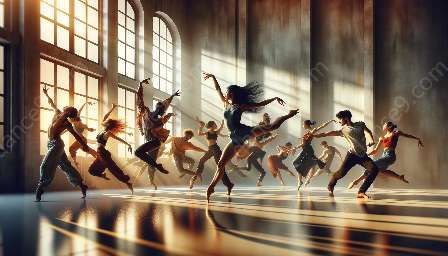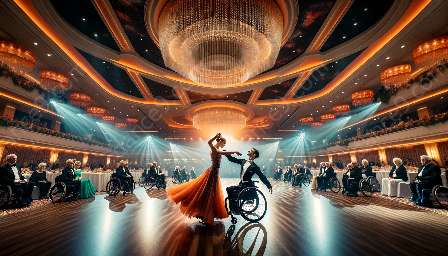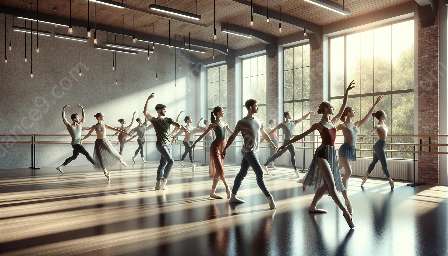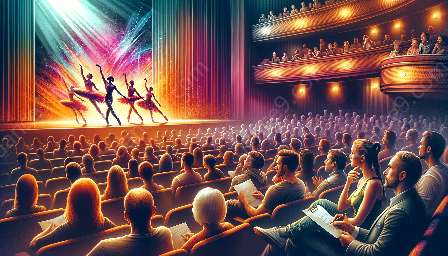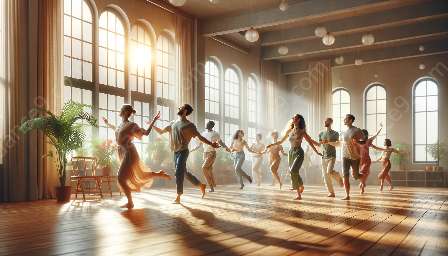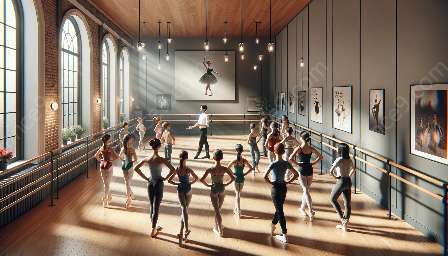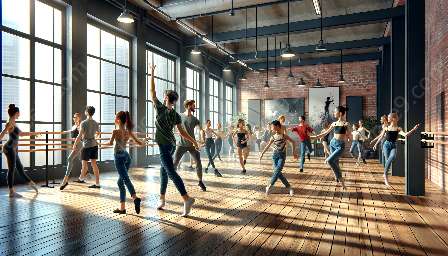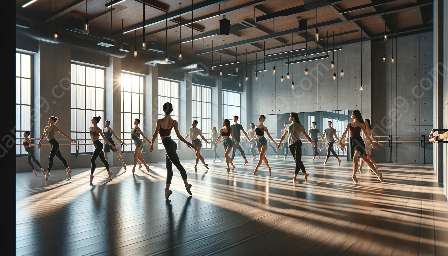Choreography holds a vital place in the realm of performing arts, particularly in dance, while also significantly contributing to the broader world of arts and entertainment.
Understanding the significance, techniques, and creative process involved in choreography is essential for dancers, professionals in the arts, and enthusiasts alike. Let's explore the fascinating world of choreography and its impact on the performing arts and entertainment industry.
The Essence of Choreography
At its core, choreography is the art of designing sequences of movements and steps, often set to music, to create a dance piece or performance. It involves the arrangement of body movements and spatial formations to convey a specific idea, theme, or story.
Choreography encompasses a wide range of styles and genres, from classical ballet to contemporary dance, and can be adapted to various cultural and artistic expressions.
The Creative Process
The process of choreographing a dance piece is a deeply creative and intricate endeavor. It typically begins with conceptualizing the theme or narrative that the choreographer aims to convey through movement.
Next, the choreographer explores movement ideas, experimentation, and improvisation to develop a vocabulary of steps and sequences that align with the artistic vision. This phase often involves collaboration with dancers and other creative professionals to bring diverse perspectives into the choreographic process.
As the choreographic ideas take shape, the choreographer structures the sequences, considers musicality, and refines the work through intensive rehearsal and refinement.
Techniques and Styles
Choreography encompasses a rich tapestry of techniques and styles, each with its own set of principles, aesthetics, and cultural influences.
From the graceful and precise movements of classical ballet to the fluid and expressive gestures of contemporary dance, choreographers draw from an extensive repertoire of techniques to articulate their creative visions.
Furthermore, choreography extends beyond the confines of traditional dance forms, embracing interdisciplinary approaches that blend movement, technology, and multimedia to create innovative and immersive performances.
Choreography in Performing Arts
In the realm of performing arts, choreography serves as the cornerstone of dance productions, adding depth, emotion, and visual storytelling to performances. It plays a pivotal role in enhancing the artistic quality of dance productions, elevating them to profound and meaningful experiences for audiences.
Choreography also intersects with theatre, opera, and multidisciplinary performances, offering dynamic movement compositions that complement the narrative and thematic elements of the productions.
Impact on Arts and Entertainment
Choreography extends its influence beyond the stage, influencing the realms of film, television, music videos, and live events. Choreographers collaborate with directors, producers, and artists to choreograph captivating routines that captivate audiences and enhance the overall visual appeal of the entertainment industry.
Moreover, choreography plays a significant role in shaping popular culture, as iconic dance moves and routines become embedded in the collective consciousness, leaving a lasting imprint on the entertainment landscape.
Innovation and Collaboration
As the arts and entertainment landscape continues to evolve, choreographers are at the forefront of innovation, exploring new technologies, interdisciplinary collaborations, and boundary-pushing concepts to expand the horizons of choreographic expression.
Collaborations between choreographers, dancers, composers, visual artists, and technologists are fostering groundbreaking works that redefine the boundaries of performance art and entertainment, fostering a rich tapestry of creativity and artistic exploration.
The Future of Choreography
Looking ahead, the future of choreography promises a dynamic intersection of tradition and innovation, where choreographers continue to push artistic boundaries, embrace diverse cultural influences, and create compelling narratives through movement.
As technology and globalization shape the creative landscape, choreography remains a beacon of artistic expression, captivating audiences and inspiring a new generation of creative visionaries.

